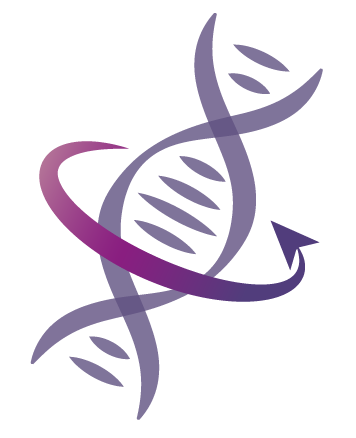A trypsin-based oral spray reportedly deactivates SARS-CoV-2 in a liquid suspension but has not yet been tested in the mouth
Some studies suggest that trypsin-containing solutions may speed wound healing and can deactivate certain viruses in vitro, but only a few clinical studies have tested such solutions in humans. These studies demonstrate mild improvement of common cold symptoms caused by different coronaviruses. However, the mechanism of action of the sprays is still unclear and no in vivo data is available to support the hypothesis that trypsin-based sprays might also work against SARS-CoV-2 as implied in the video.
